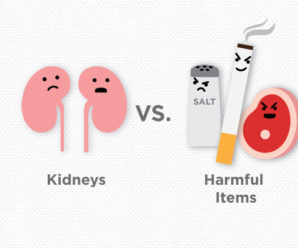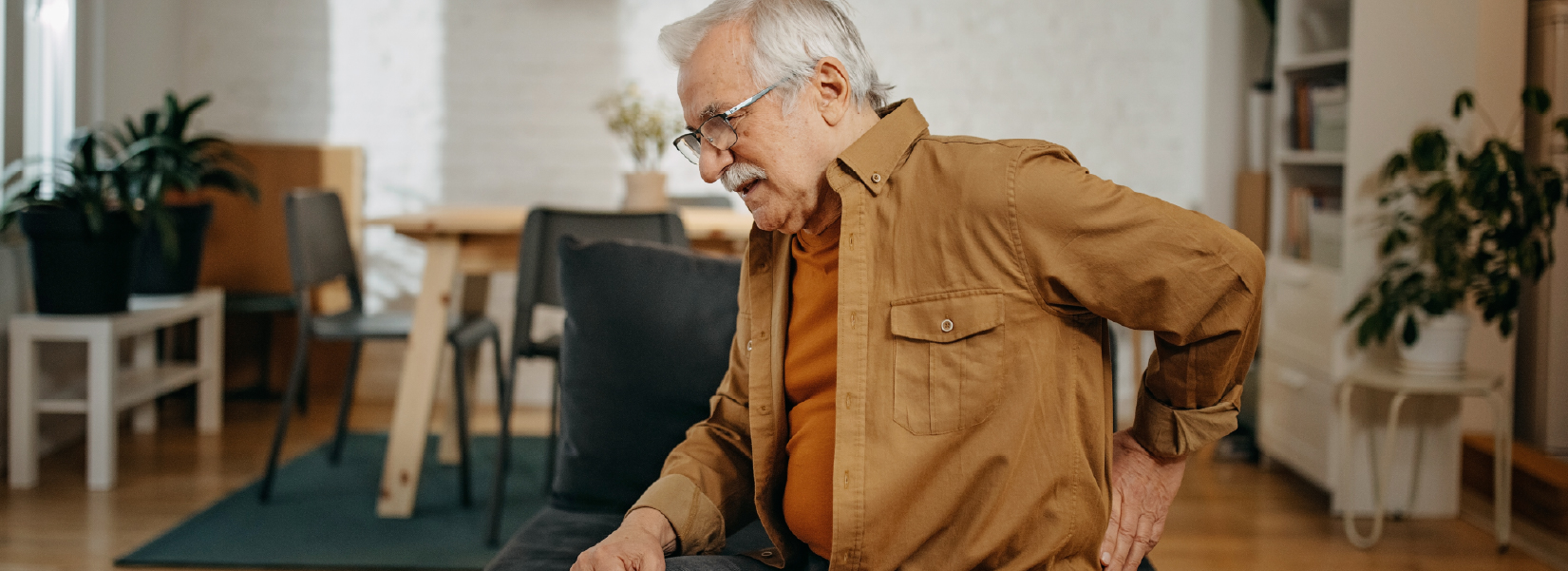
Carbon monoxide poisoning takes more than 400 lives in the U.S. each year, according to Centers for Disease Control and Prevention. Another 50,000 people visit the emergency department.
With precautions, you can protect you, family and pets from the “invisible killer.”
What is carbon monoxide?
Many refer to it as the invisible killer because it’s just that – an odorless, colorless, poisonous gas. Carbon monoxide sources in homes often are cooking or heating equipment like stoves, fireplaces, generators or furnaces. It also can come from vehicles or small engines.
“Anything that burns fuel can be a source of carbon monoxide if it is not correctly vented,” said Britt Bilgrien, a Marshfield Clinic Health System family medicine nurse practitioner.
In vehicles, carbon monoxide comes from defective exhaust and emission systems, holes in the car body, trapped gases in truck toppers or operation in an enclosed area, like a garage or snow bank.
What are symptoms of carbon monoxide poisoning?
Consumer Product Safety Commission describes initial symptoms similar to the flu, but without fever:
- Headache
- Fatigue
- Shortness of breath
- Nausea
- Dizziness
Symptoms progress to:
- Mental confusion
- Vomiting
- Loss of muscular coordination
- Loss of consciousness
- Death
“If carbon monoxide level is severe, you can experience the latter symptoms before ever experiencing the former,” Bilgrien said.
Safety precautions in your home
The first, best step to protect your home against carbon monoxide poisoning is to purchase carbon monoxide detectors. The safest strategy is to put a detector:
- In a central location in the home.
- Outside of each sleeping area.
- On every level of the home.
Test your alarms once a month. If an alarm does sound, immediately move outside and call 911.
After a snowstorm, check that stove, dryer, fireplace and furnace vents are clear.
Safety precautions with vehicles
Do not warm a vehicle (or other fueled engine) in a garage, even with doors open. Move it outside.
Check the exhaust pipe of a started vehicle is not snow covered.
“Winter is a risky time for carbon monoxide poisoning,” Bilgrien said. “Educate yourself on symptoms, take the right precautions and you’ll be in the clear.”







Leave a Reply